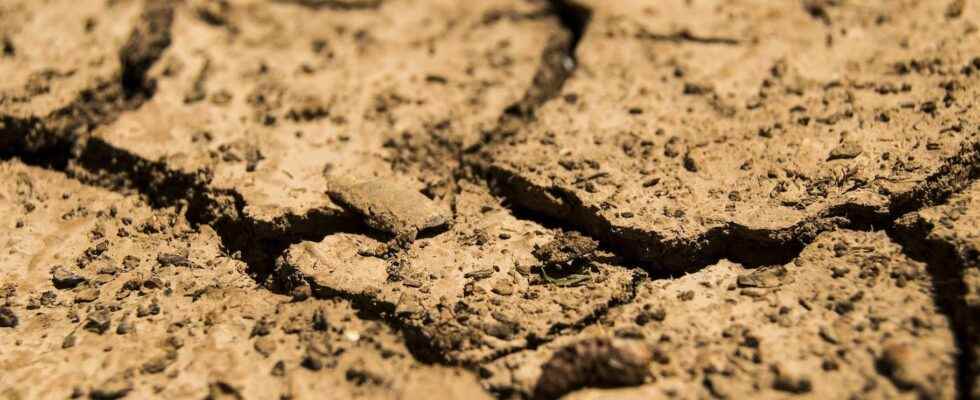In people’s minds, the terms drought and aridity sometimes come down to one and only one situation: the lack of water. But they actually cover very different situations.
You will also be interested
[EN VIDÉO] Interview: how do cacti resist drought so well? Succulents, especially cacti, can survive in extreme climates. Deprived of rain for sometimes several years, these plants have developed interesting strategies to retain water. Futura-Sciences interviewed Jean-Marie Solichon, director of the Exotic Garden of Monaco, to tell us about it.
Lack of water: this is the common point between two notions that are ultimately quite different, that of drought and that of aridity.
We speak of drought when the precipitation display, in one place on the globe and over a more or less long period, values lower than the average precipitation for the region over the long term. It is a situational phenomenon. However the droughts can have unfortunate consequences on the vegetation as well as on the wildlife and on the people who live in the affected places. They can be the result of cyclical natural phenomena — such as El Ninofor example — or be amplified by human activities and global warmingparticularly.
The term aridity refers in principle more to a structural climatic phenomenon, a consequence a priori essentially from the climate that has settled on our Planet. It applies to regions — and not to periods of the year — in which precipitation is naturally low compared to the needs of vegetation. Thus, in semi-arid regions, it rains on average 500 mm per year, seasonally. In the arid regions, it is rather between 50 and 150 mm of rain that fall each year, always seasonally. And in the hyper-arid regions, rainfall does not exceed 15 mm per year on average.
When drought strikes in an arid zone
The areas most affected by aridity are those located around the equator and up to 15 to 30° from latitude. All other areas of the globe can be affected by droughts at one time or another in their history.
Confusion can set in, especially when periods of drought hit already arid areas. The consequences are then generally dramatic for the local flora and fauna as well as for the people who live in these regions.
Note also that when drought episodes tend to repeat and lengthen, an area can gradually become arid. But it is possible to delay the deadline thanks to theirrigation or by working on the effectiveness of rainfall (efficiency of water consumed by crops, etc.).
Interested in what you just read?
